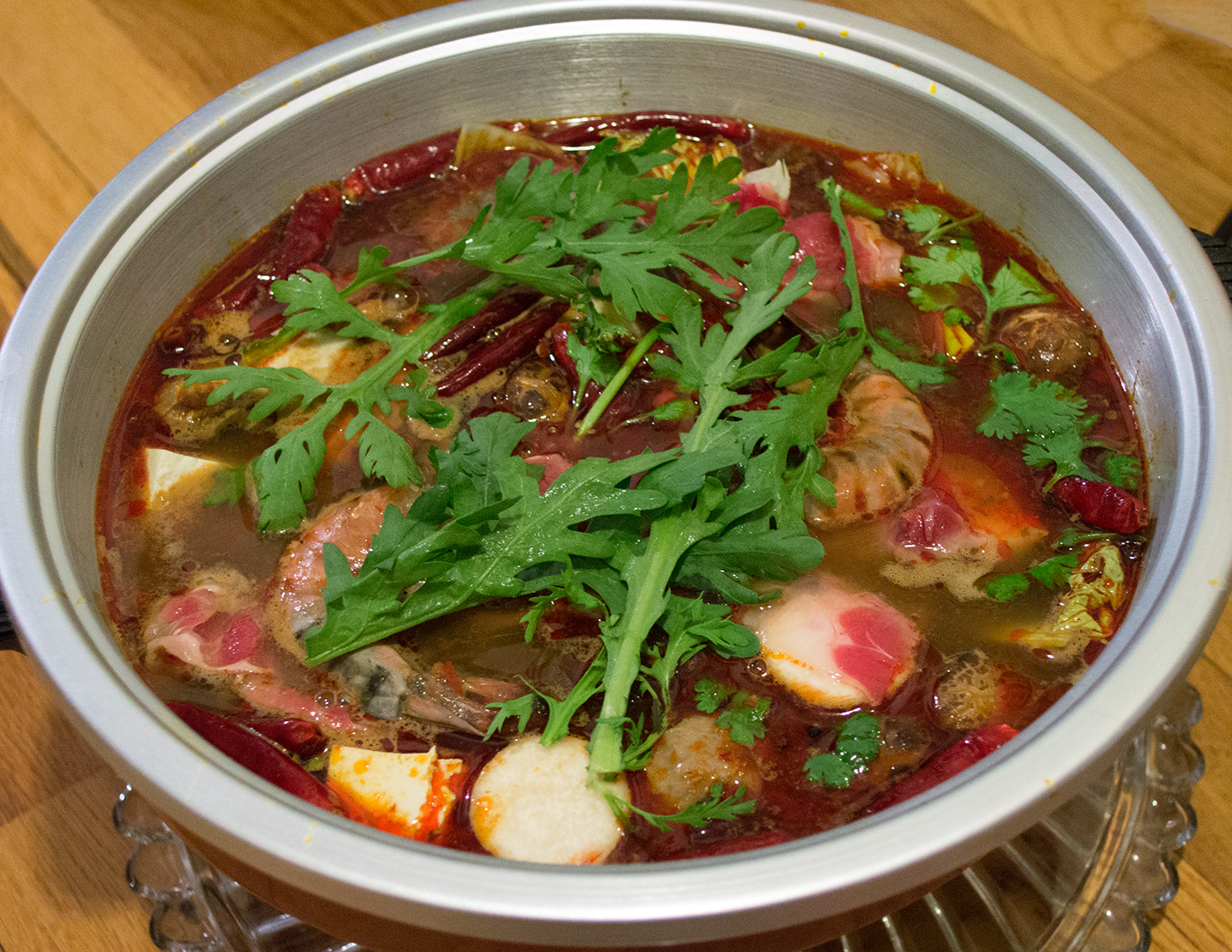
Last week, we really enjoyed eating nabemono. This week, my hubby and I decided on eating spicy hotpot (麻辣火鍋 – Málà huǒguō) to change things up a bit. We both love eating hotpot during the Winter and had previously talked about making spicy hotpot at home.
Before I met my husband, I had never had the spicy version; I was always eating nabe instead. We ate spicy hotpot a few times at various restaurants, but we knew we were wanting to create this dish at home. He seemed eager to help me make it, so he helped me compile the spice mix for this recipe.
It wasn’t difficult to find all of the necessary spices at the Chinese market in Chinatown. Although the spice list is quite extensive, it’s totally worth the time to gather all of the spices to make this dish tasty and successful. It’s great for a boisterous family gathering, or for a close group of friends.
We found the authentic fermented chili-broadbean-paste from the Pixian region in Chengdu, Sichuan, known as Píxiàn dòubànjiàng (郫县豆瓣酱). Hubby was afraid that we would have to resort to using Korean fermented soy bean paste that we had in our pantry, Doenjang (된장). Thankfully, our local Chinese supermarket had what we needed.
Recipe for Málà Huǒguō (麻辣火鍋) - Sichuan Spicy Hotpot
- About 3-4 Portions
- Preparation:
- Cooking:
Ingredients
Spice Mix:
- 150g (about 10½T, or 1 stick plus 2½T) Unsalted Butter
- 5g (1/4 stick) Cinnamon Bark (桂皮)
- 5g (5-6 slices) Chinese Licorice Root (甘草)
- 10g (12) Star Anise (八角)
- 5g (about 2½t) Fennel Seed (甜茴香)
- 5g (2-3 pieces) Galangal (三奈/沙姜 – Sand Ginger)
- 5g (2 pods) Black Cardamom (草果)
- 2½g (14-15 pods) Green Cardamom (小荳蔻)
- 1g (8-9 small) Bay Leaf (香叶)
- ½g (9-10) Whole Clove (丁香)
- 5g (about 2½t) Cumin (小茴香)
- 250g (1 cup plus 1T) Shaoxing Wine (绍兴酒)
- 150g (about ½-cup plus 1T) Píxiàn dòubànjiàng (郫县豆瓣酱)
- 15g (about 2T) Ginger
- 30g (about 1 large) Scallion
- 30g (3T plus 2t) Garlic
- 7½g (about a dozen) Dried Chili (干辣椒)
- 15g (about 5t) Sichuan Peppercorn (花椒)
- 15g (about 3½t) Rock Sugar (冰糖)
Liquid:
- 1½L (about 1½ quarts) Low-Sodium Chicken Stock
Meats and Vegetables:
- 8-10 small Shiitake Mushrooms, dried
- 7½g (about a dozen) Dried Chili (干辣椒)
- 450g (about 1lb) Shrimp
- 450g (about 1lb) Beef, thinly sliced
- 225g (about ½lb) Lamb, thinly sliced
- 10-12 Imitation Crab Sticks
- 8-10 Beef Balls
- 200g (½ pack) Firm Tofu
- 2 large King Oyster Mushrooms
- 1 pack Enoki Mushrooms
- 300-400g (about 3 large) Napa Cabbage leaves
- 200g (2) Leeks
- 40g (about 20 sprigs, or half-bunch) Cilantro
- 50g (6-8 sprigs, or half-bunch) Shungiku/Kikuna leaves
- 115g (about 1 cup) White Radish
- 200-300g (2 serving bundles) Cellophane or Udon Noodles, optional
Dipping Sauce:
Procedure
- Bring all of the dried spices (from the cinnamon bark to the cumin) together, and break them up into smaller pieces, as necessary. In a saucepan, cook these spices with the butter on low flame for 15 minutes. Cover and steep for 15 minutes. Strain the butter into a fry pan. Set aside.
- Return the spices to the saucepan and add the wine. Bring the mix to a simmer, and cook for 15 minutes, covered. Turn off the flame and steep.
- While the spices are steeping in the wine, scoop out the dòubànjiàng onto a cutting board, and run a knife through the paste. Set this aside.
- On a separate board, finely chop the ginger, scallion, and garlic. Tear the dried chilies in half. Take the ginger and add it to the spiced butter. Bring the pan to a low flame, and cook the ginger for 5 minutes. Add the scallion and garlic to the pan, and fry for another 5 minutes, stirring constantly. Toss in the dried chilies and Sichuan peppercorns. Cook for 1-2 minutes, then add the dòubànjiàng. Stir the contents of the pan for an additional 10 minutes on low flame.
- Strain the wine into the dòubànjiàng mixture, put in the sugar, and gently fry the entire spice mix for 20-30 minutes. Turn off the flame. It's now ready for your hotpot!
- Prepare all of the meats and vegetables to edible portions, for easy dipping and eating: rinse and de-vein the shrimp; slice the tofu; cut up the mushrooms and cabbage; chop the leeks and wash thoroughly; strip away the wilted pieces from the cilantro; use just the leaves of the shungiku; and shave the exterior of the radish and slice it up.
- Make the dipping sauce. Set aside.
- Heat up the electric hotpot with a quart and a half (1½ liters) of low-sodium chicken broth, and take half of the spice mix to make the soup. Add the dried shiitake and chili. Cover with a lid.
- Once the liquid begins to simmer, begin adding the desired amount of meat and vegetables. You can add all of the ingredients at once, or take your time adding each ingredient.
- After the meat and vegetables are cooked, they can be immediately served into bowls, or fished out individually at each mouthful. Enjoy your spicy hotpot with the dipping sauce.
- Add water as needed; the hotpot will evaporate much of the liquid as the meal progresses. Towards the end of the meal, cook the noodles according to manufacturer's instructions and serve.
*Bunny Wisdom*
- Píxiàn dòubànjiàng (郫县豆瓣酱) is a spicy broad bean paste from the Pixian region in Sichuan, which you can find in Chinese markets (it may take some searching).
- All of the spices can be found at a Chinese market. Additionally, you can find thinly sliced meats, beef balls, fishcakes, and crab sticks, in most Asian markets.
- Shaoxing wine (绍兴酒) can be found at a Chinese market. Try to use drinking-grade Shaoxing wine if you can find it. Check the ingredients: if there is salt added, it is cooking-grade and not drinking-grade.
- The amount of dried chili depends on their size and heat. Begin with a dozen and add more to the soup as needed.
- The spices are cooked over a very low flame to bring out the flavors and oils within them. They are not meant to be fried to a crisp in the butter, so manage the flame carefully.
- If you have any moments of down time (especially when waiting for your spices to steep), begin prepping some of the vegetables.
- Hotpot is very versatile. Your meats and vegetables can be anything you want it to be. Feel free to add other kinds of seafood, thin cuts of meat, or vegetables to help flavor the hotpot.
- The amount of meat and vegetables are up to you. Add more variety and quantity to serve more people.
- Shungiku/Kikuna (春菊) is a vegetable also known as the garland chrysanthemum. It's great in soups and stews that are rich in flavor.
- Use all of the spice mix to make the soup spicier. If you have some spice mix left over, freeze in an air-tight container and use it the next time you want to have spicy hotpot!
- The sesame sauce, or gomadare, is just one kind of dipping sauce, but definitely one of our favorites! I also made a simple dipping sauce (not pictured) with ½t kosher salt and 1T sesame oil. It's delicious with the meat and mushrooms!
- For those of you that don't have an electric hotpot, use a portable burner and a pot. It's just as good!
- If you plan to cook all of the ingredients at once, bring the pot to a boil, and then turn off the heat. If ingredients are going to be cooked in small amounts, leave the pot on at a simmer and add water as necessary, as some of the water will evaporate.
- I like to wait for all of the ingredients to cook thoroughly before eating; this gives more flavor to the soup, which will make a better broth for your noodles.
- The joy of eating this spicy hotpot is that we can cook just a few pieces of meat and vegetables at a time, and savor the food and conversation.
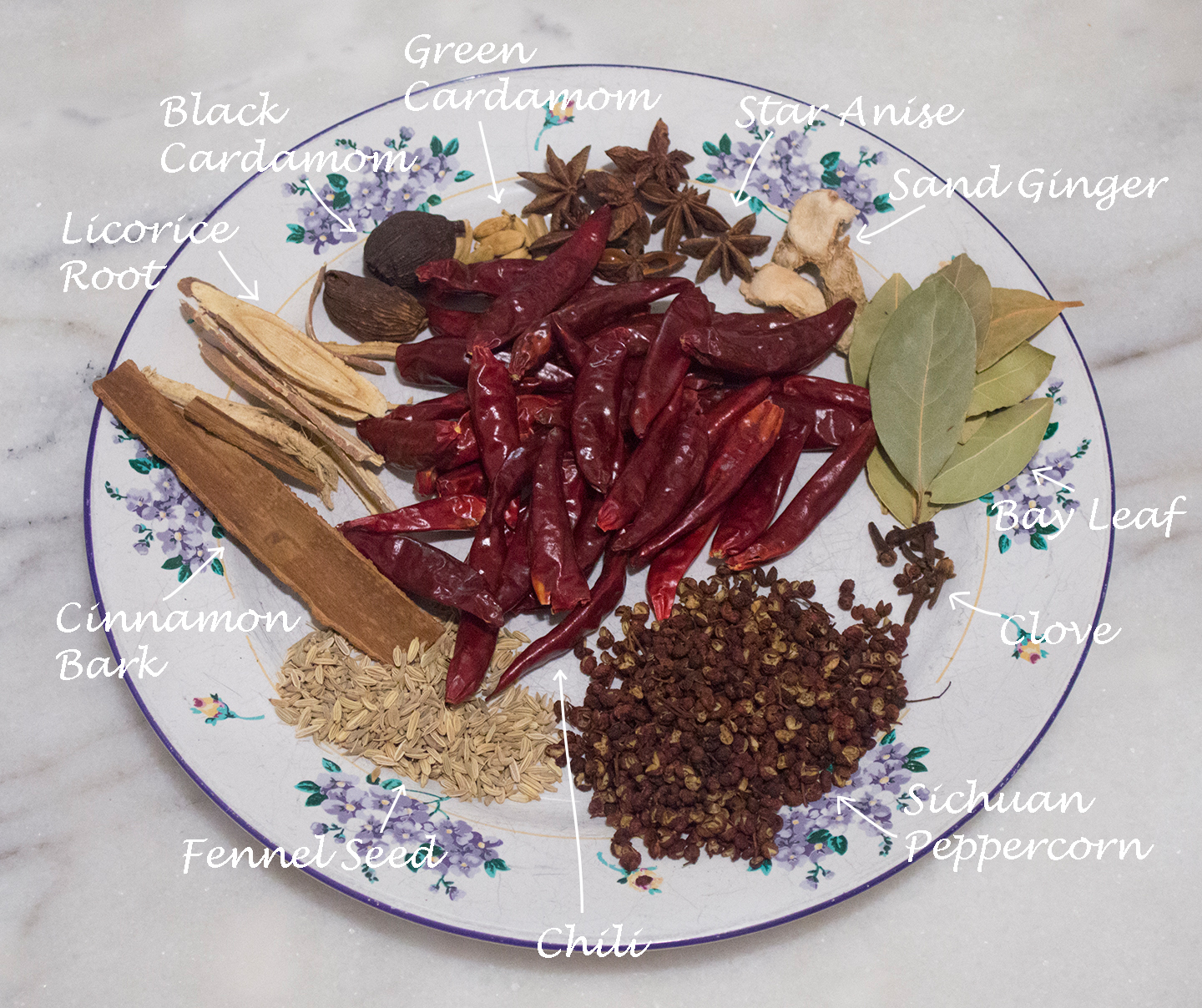
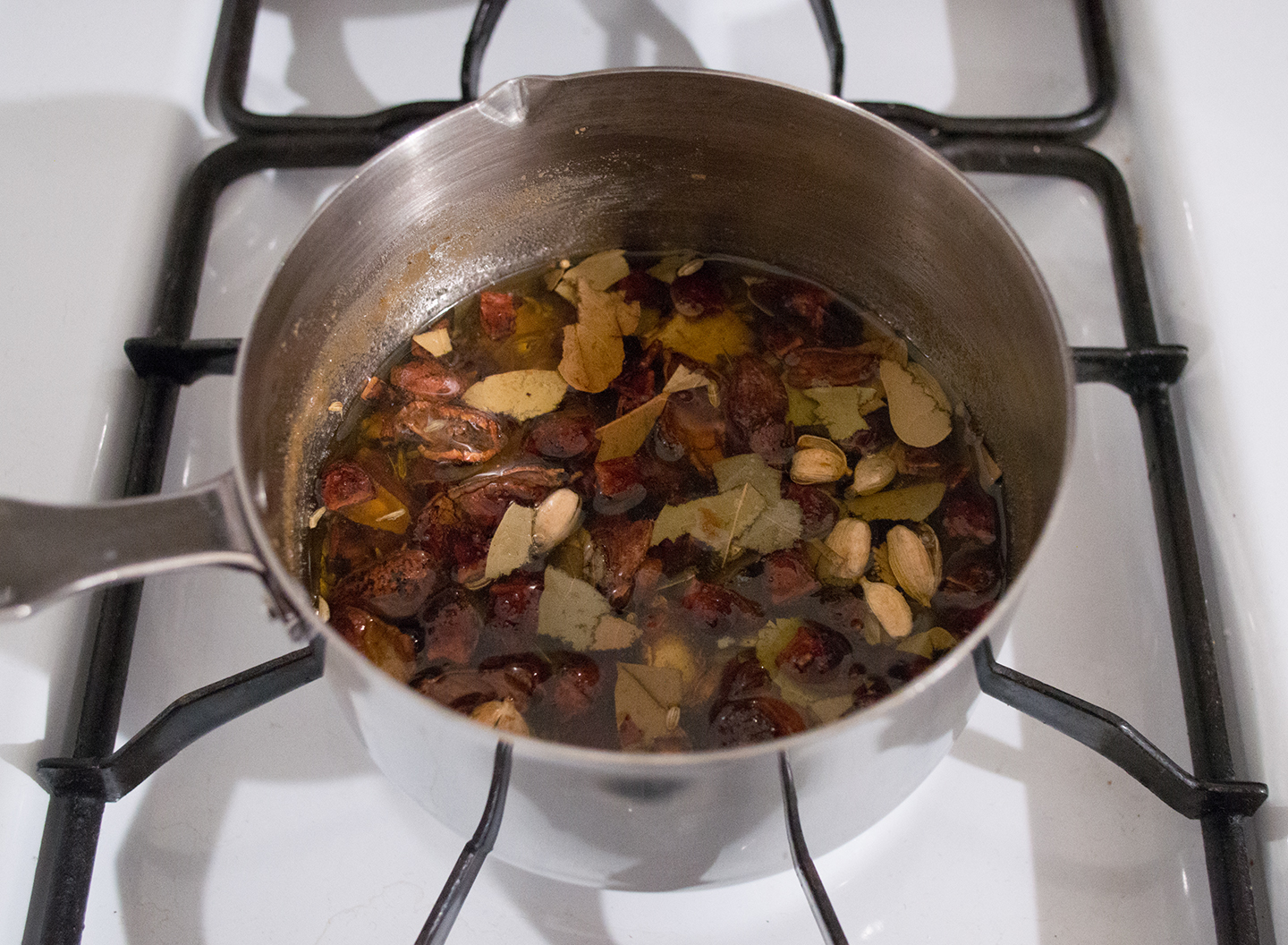
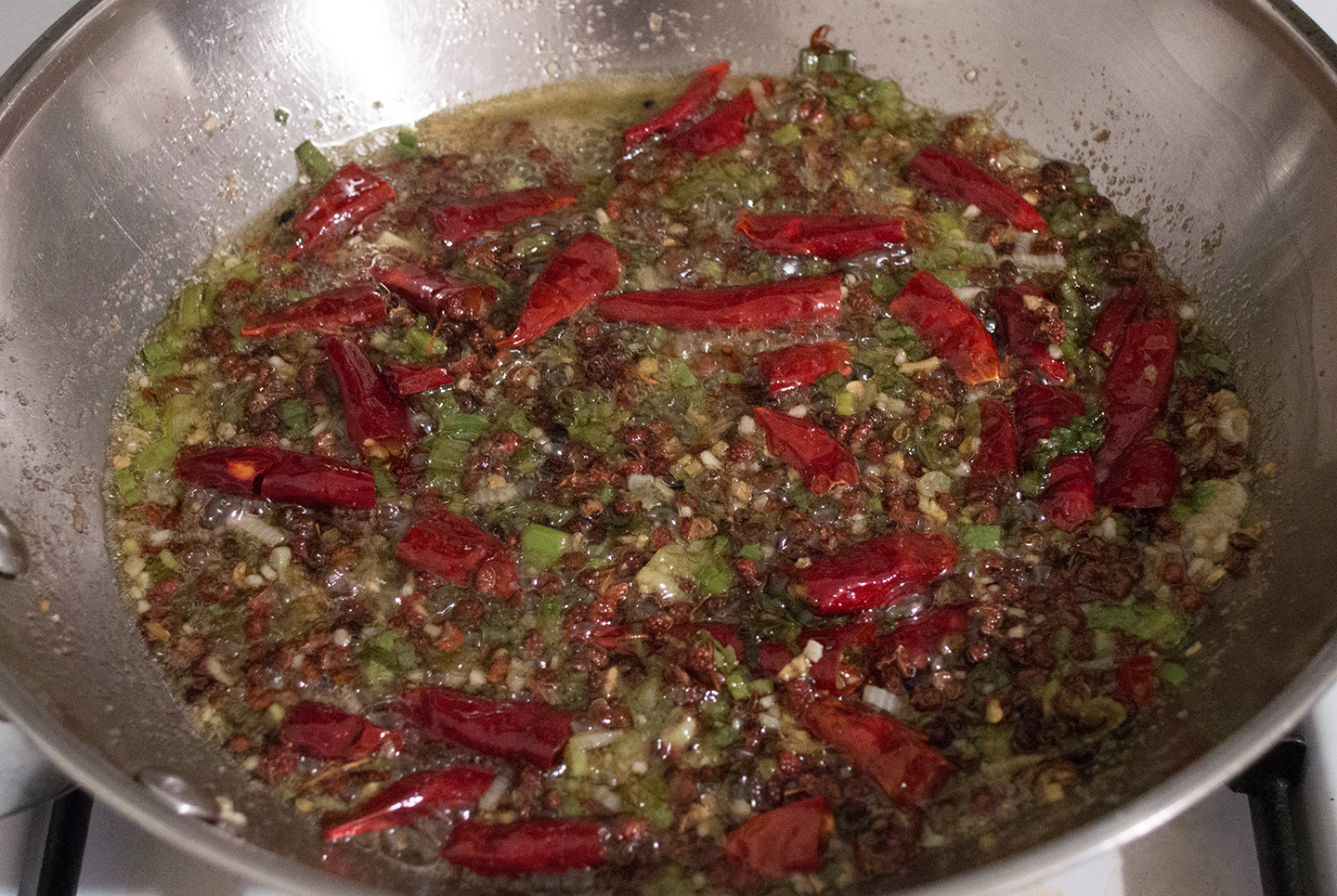
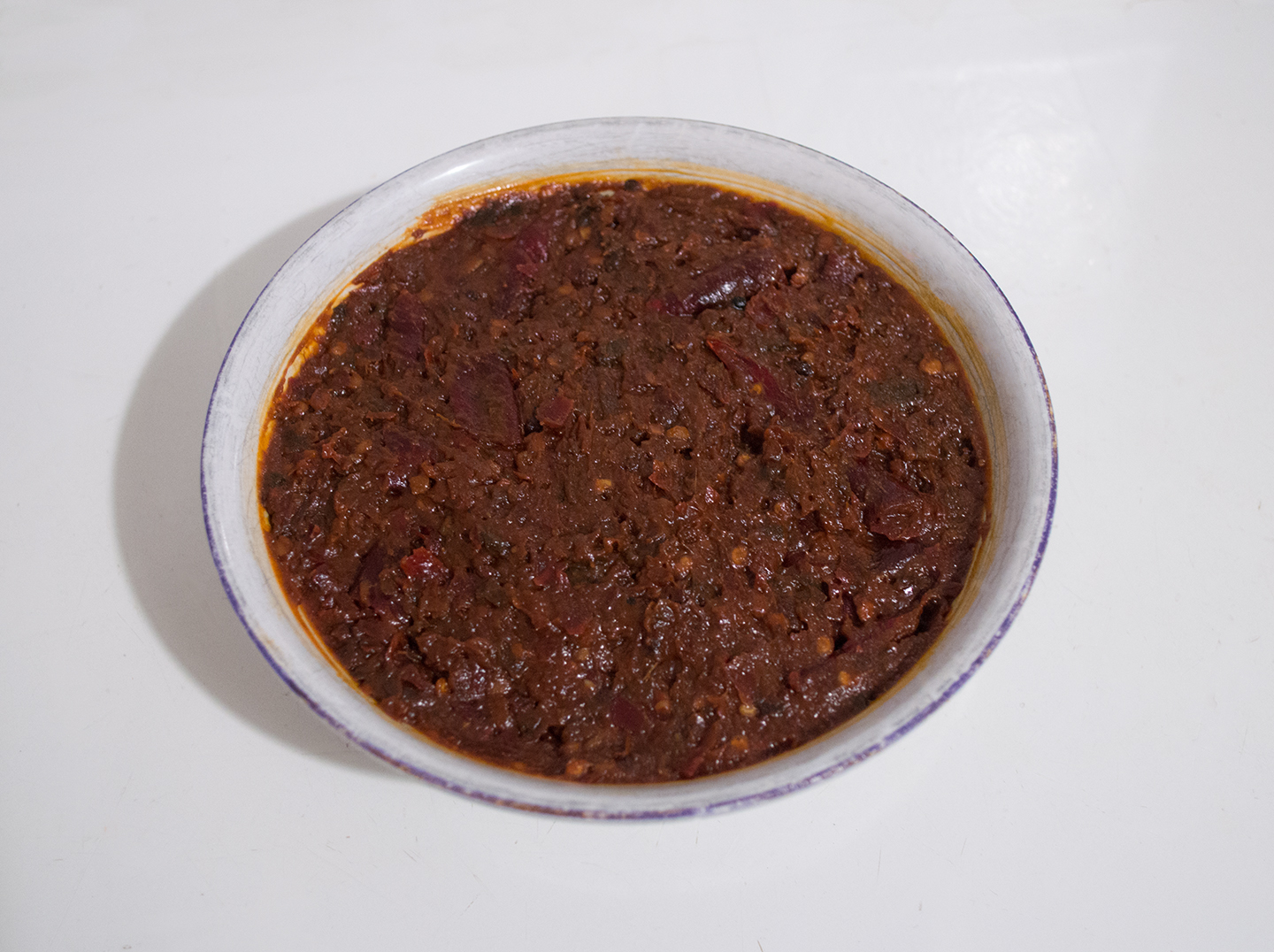
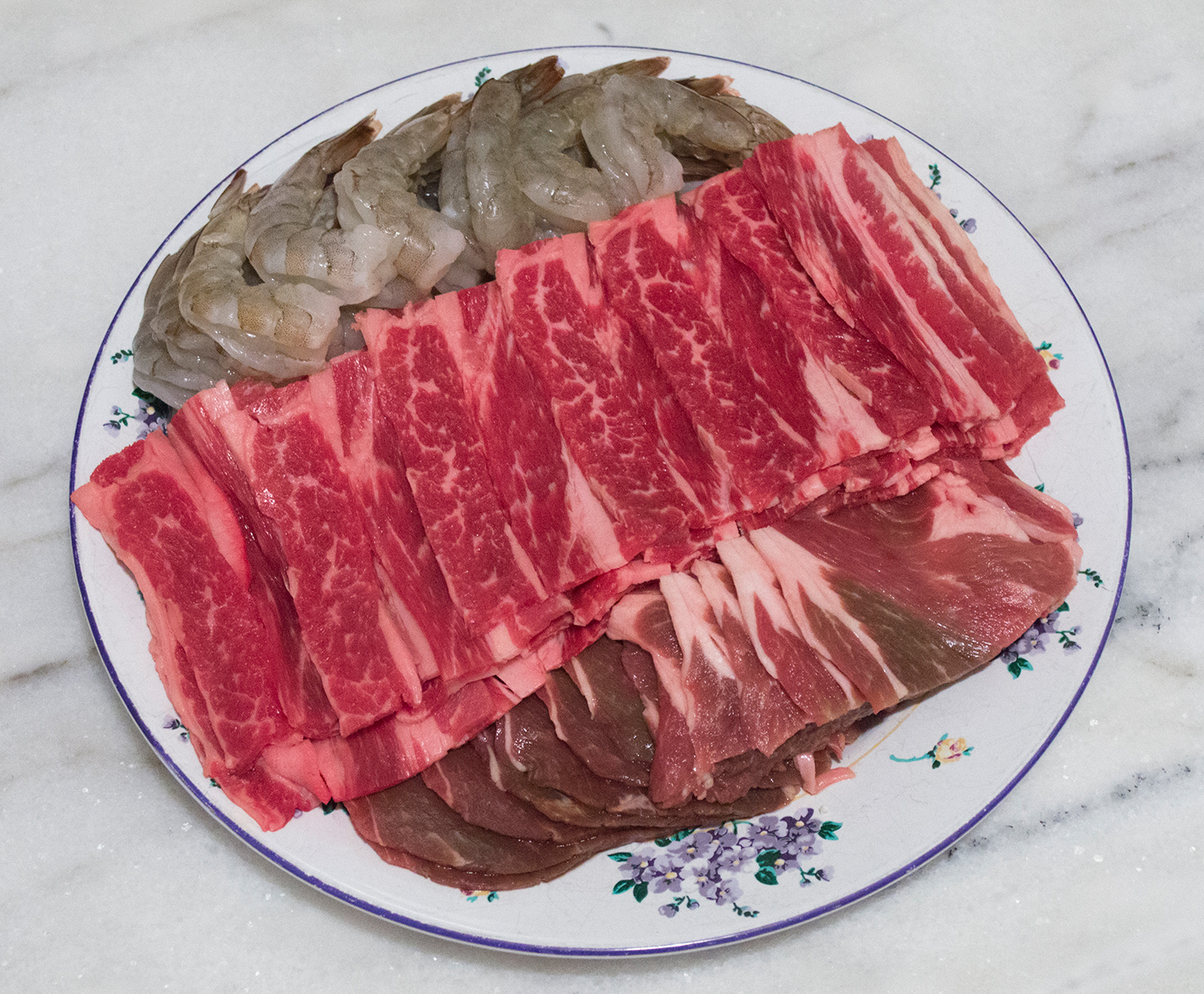
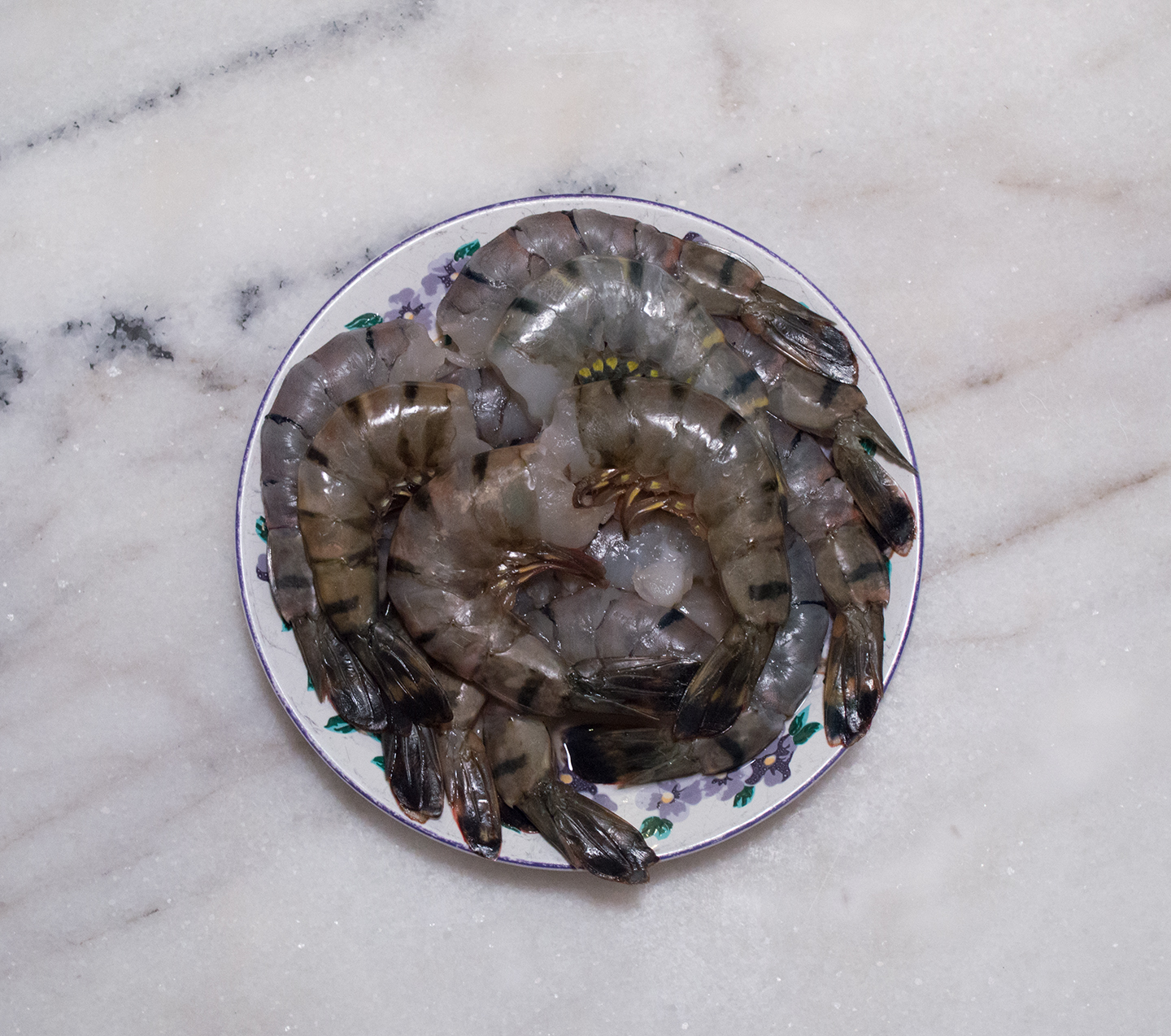
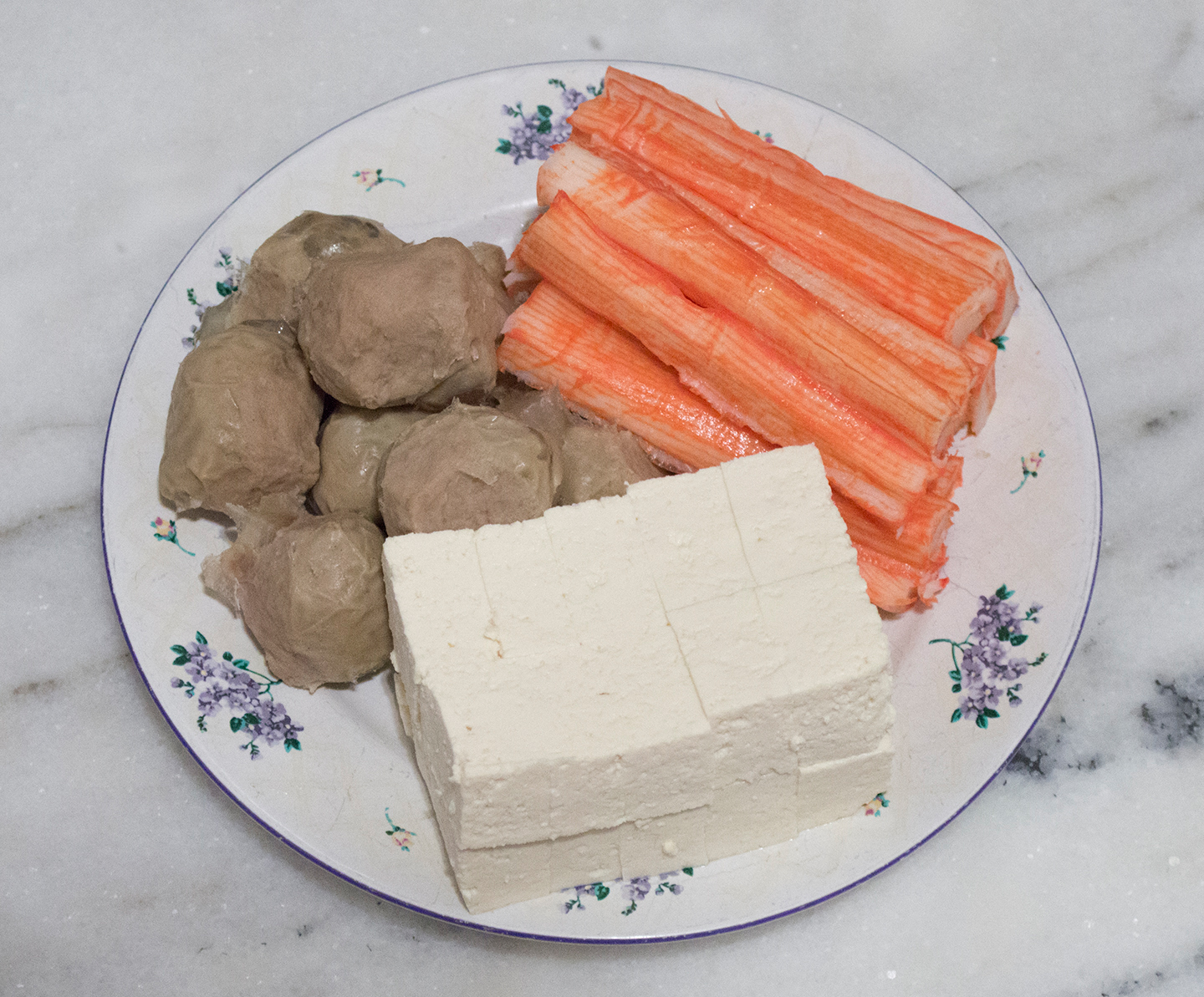
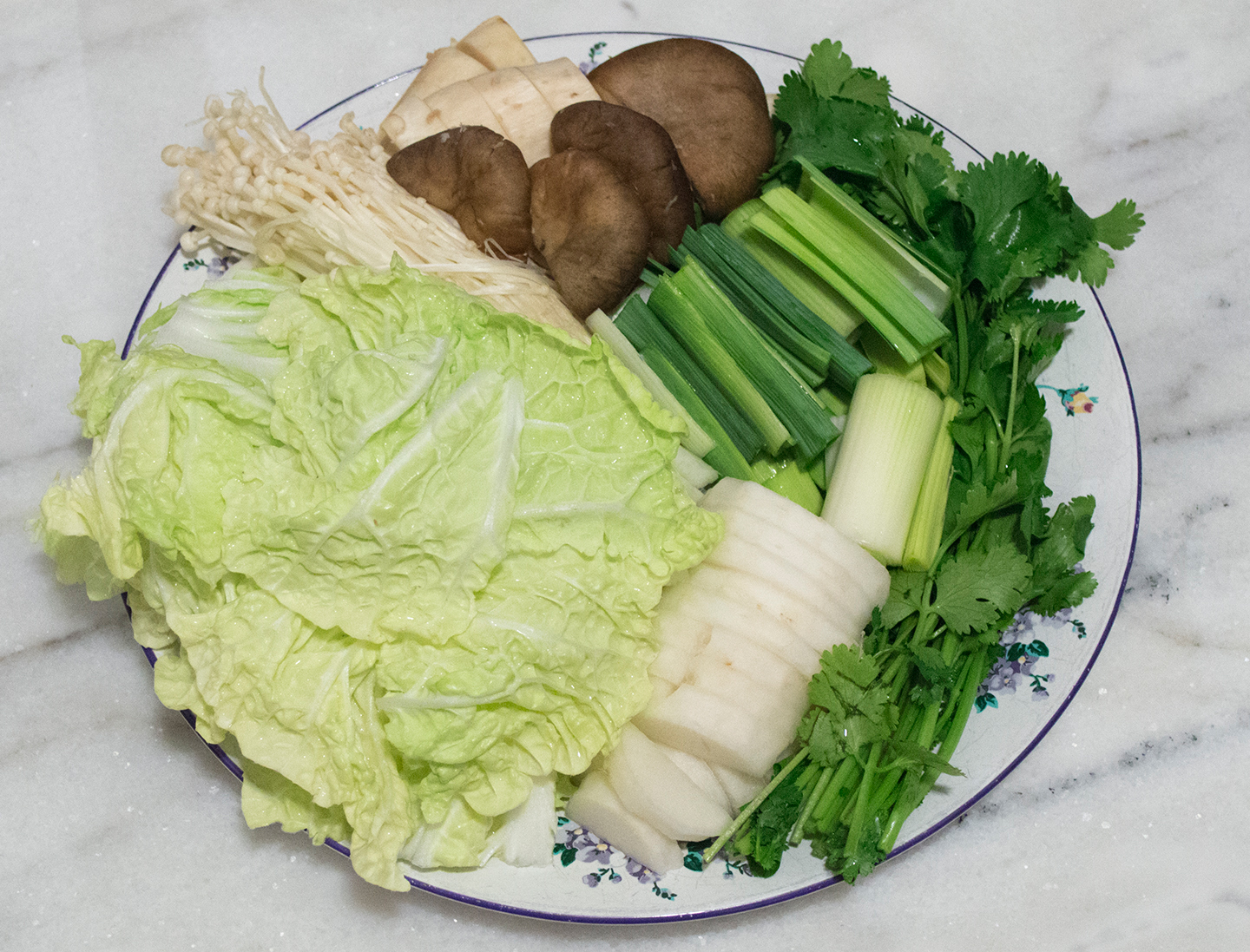
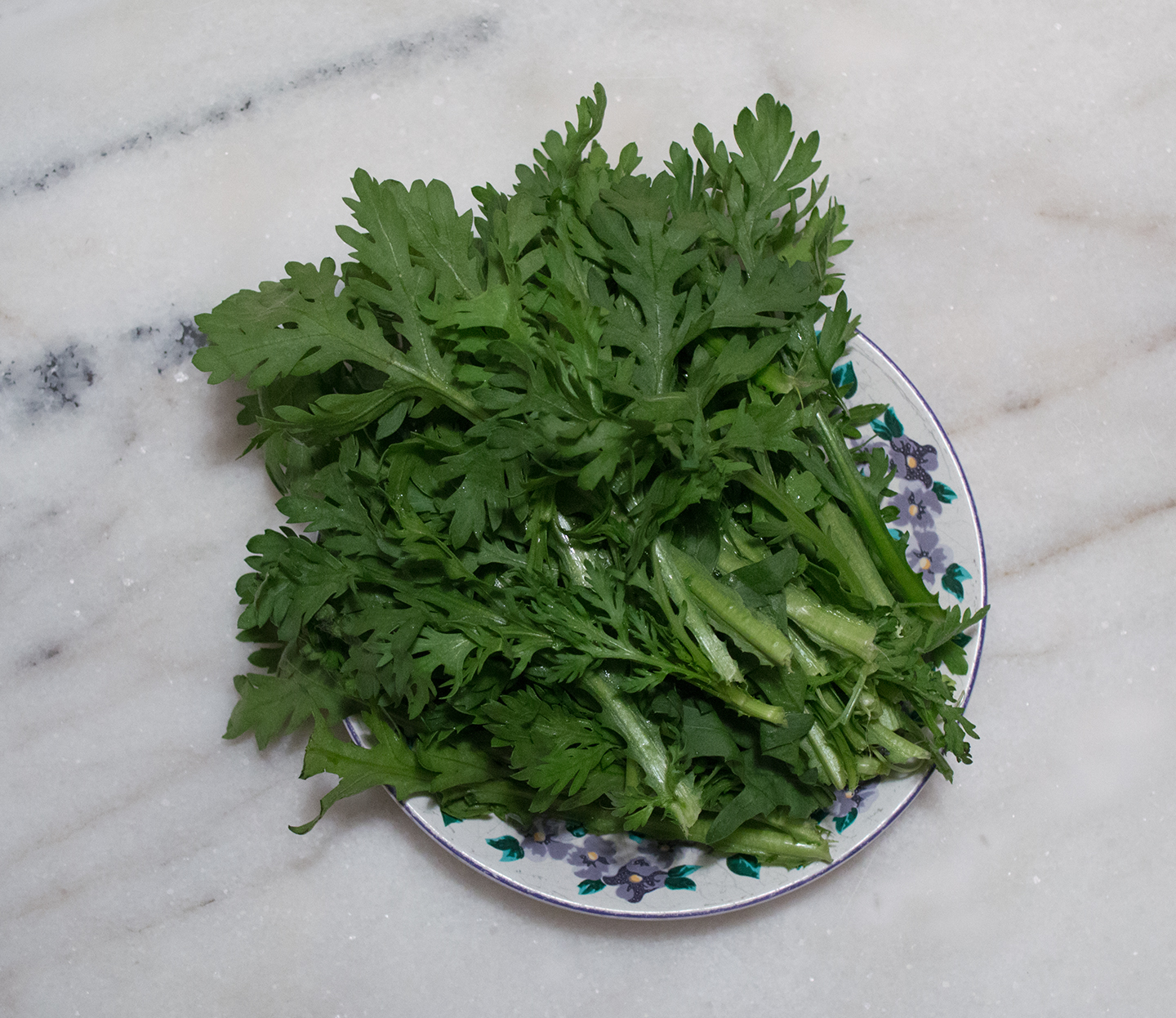
**Here are some of the ingredients I use for this recipe. Please, feel free to browse and ask questions on anything you see listed below.**

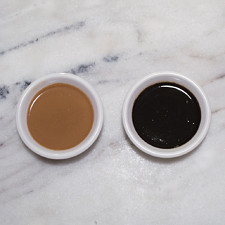
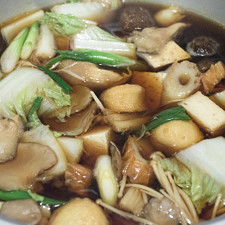
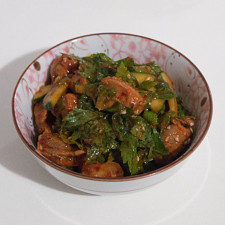
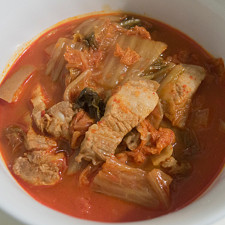
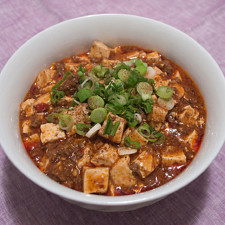
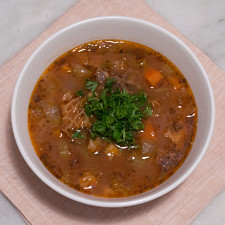
One thought on “Málà Huǒguō (麻辣火鍋) – Sichuan Spicy Hotpot Recipe”
William